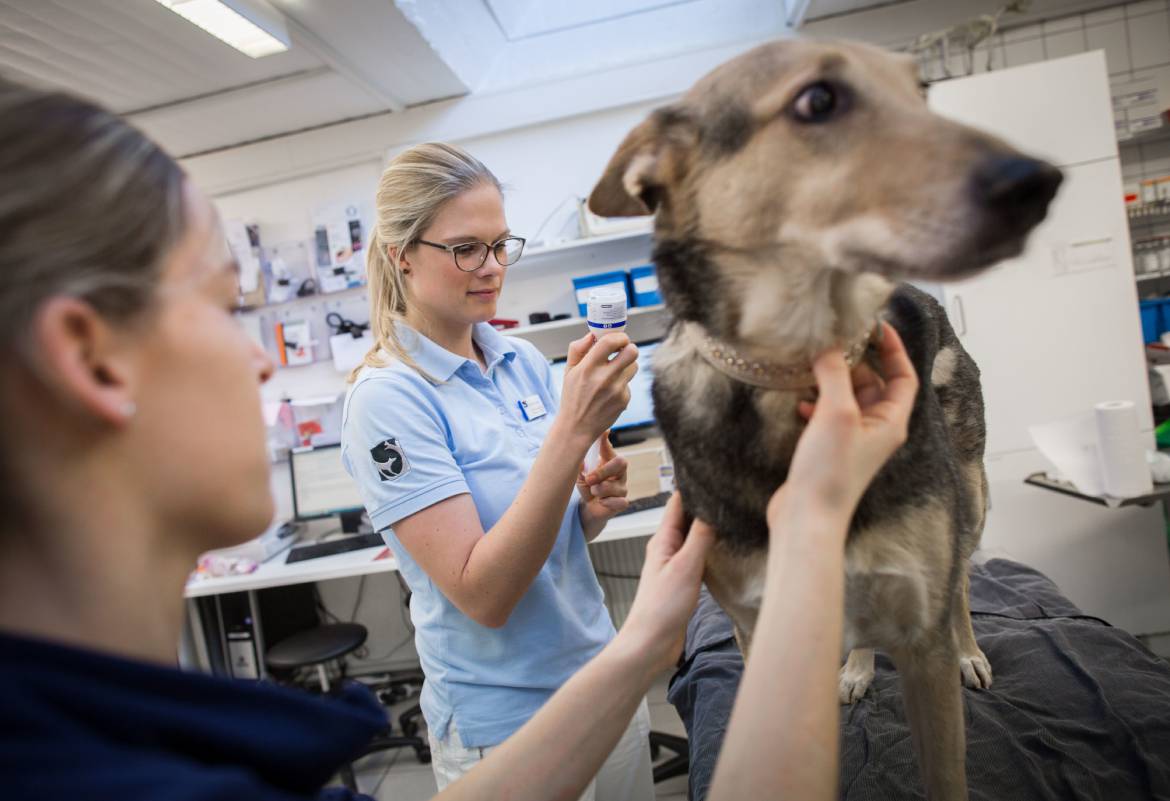NUMBERS
Fewer women published, and a threat to Open Access
Our statistics here show there was a striking drop in the number of women publishing preprints during the lockdown. And millions of Open-Access articles are in danger of disappearing from the Internet.

During the Covid-19 crisis, preprints became increasingly important. | Illustration: Bodara
2 metres
or perhaps just one metre? These are the varying recommendations about the distance we should keep between individuals in order to reduce transmission of the novel coronavirus. But they are based on an excessively simplistic interpretation of “outdated” scientific findings, claims the immunologist Nicholas R. Jones in The British Medical Journal. These recommendations ought to be adapted far more subtly to the situation at hand, he says. Sometimes, two metres are far too little, while at other times, such distances are not even needed.
16%
fewer women were lead authors for articles published on the preprint-platform medRxiv between December 2019 and April 2020, according to the IT professor Cassidy Sugimoto in an analysis published in Nature Index. She and her team discovered that the lockdowns and school closures saw a general drop in women’s publishing productivity, with 11 further preprint repositories registering a decrease in articles by women.
2.4 million
is the number of Open-Access articles that could disappear from the Internet, says the Internet Archive Blog. It has been able to secure 9.1 million OA articles since 1996 and has made them accessible through its so-called Wayback Machine, but millions more are endangered. This is because of the architecture of the modern worldwide web, which allows content to be lost easily. This can happen when a journal ceases to be published, and the publisher’s official website and the DOI links lead nowhere or are replaced by unrelated content.




